
Advanced Brain Technologies – Ostad Elahi – Music For The Mind
Music for the Mind is a unique, auditory stimulation program using the rich and intricate music of Persian musician Ostad Elahi. The four CD set features world music combined with psychoacoustic techniques, gentle filtration and nature sounds. As with Sound Health® and Music for Babies™ the program is available to the general public and can be ordered directly from ABT or an Authorized Provider.
 Ostad Elahi was a master musician and virtuoso of the tanbour for whom music was above all a means of inner reflection and contemplation. Tanbour is a generic term used to designate a class of lutes whose necks are longer than their bodies. It has been used almost exclusively for devotional purposes since the 15th century.
Ostad Elahi was a master musician and virtuoso of the tanbour for whom music was above all a means of inner reflection and contemplation. Tanbour is a generic term used to designate a class of lutes whose necks are longer than their bodies. It has been used almost exclusively for devotional purposes since the 15th century.
When the music of Ostad was first introduced to Advanced Brain Technologies, we were immediately interested in its potential therapeutic applications. The project was first conceived by Brainquiry, LLC after one of the companies members attended a TLP Training Course to become an Authorized Provider.
Brainquiry realized that ABT was examining various kinds of music to determine if they contained possible therapeutic qualities. They saw that trainers Richard Lawrence and Alex Doman were very knowledgeable about the effects of music. They also found it very interesting that they had a deep understanding of intention in music and to them this was tremendously important.
Brainquiry had been very moved by Ostad’s music and found that it had an affect different than listening to most music. They proposed their idea to Alex: that Ostad’s music might prove to be ideal for sound stimulation and would appeal to a broad audience who enjoyed listening to music from cultures other than western european.
ABT found Ostad’s music offers a unique and powerful opportunity for promoting active listening for several reasons. All the music is improvised which gives it a free quality, while the unusual harmonic and rhythmic structures cause the brain to be attentive in a dramatic way.
With repeated listening the language of the music starts to reveal itself, yet we constantly encounter slight twists and turns that prevent the mind from placing the music into a known format. Since auditory stimulation programs often are created to move us from a place where we are stuck, Ostad’s music seemed particularly well suited for our purpose of encouraging active listening.
Moreover, the tonal qualities of the tanbour are quite dramatic. When we conducted a digital spectral analysis, we found the dense range of high frequencies in the music to be more intense than in any other instrument we had previously analyzed. This density can partially be attributed to the fact that Ostad often played multiple notes per second that built on each other’s harmonics. Furthermore, the percussive nature of the sound creates the effect of audio bursting to the unaccustomed western ear.
ABT decided to break the music into sections that are easier for the ear to digest, so it would be pleasing to both the Eastern and Western ear. We took small phrases from Ostad’s playing and used them as introductions to certain sections to draw the listener into the music. Nature sounds are often used to open the section before blending with the music, ensuring that the brain stays alert and does not habituate and tune out sounds.
We also added spatial dynamics, our method of moving the instruments or sounds of nature such as a bird, across the sound stage between the left and right ear. This enhances spatial awareness and helps the listener with auditory attention as they identify the location of sounds. The odd numbered tracks are all designed for morning listening and thus use authentic morning or daytime nature sounds, while the even numbered tracks are designed for evening listening and thus have either authentic nighttime nature sounds or none at all.
Removing lower frequencies of the sound spectrum allows the listener to focus on the mid and upper range frequencies. Almost immediately on the first CD, there is some filtering of the lower frequencies. With a high pass filter allowing everything over 100Hz through, the first CD has 100 % of the resonance of a medium-sized hall added. Approximately 60% of the first CD features music plus nature sounds.
The second CD has a high pass filter that allows the sound spectrum of everything over 175Hz to pass through; 85% resonance of a medium-sized hall has been added. Music plus nature sounds comprise 45% of the CD, while the remainder features music only.
The high pass filter used on the third CD allows everything over 250Hz to pass through. We added 70% resonance, and nature sounds are added to approximately 30% of the music.
Over the recommended listening time of four weeks, the filtration is gradually increased on the CDs until it reaches a level of 325Hz on the fourth CD. This filtration intensifies the already high frequencies of the music and thus its effect on the brain as well. The high frequency sounds invite deeper and more precise listening. This richness is why we only needed to use very mild filtration. The resonance on the fourth CD has been decreased to 50%, and nature sounds are added to only 20% of the music.
Audio bursting is already present in a natural way because of the percussive nature of the sound of the tanbour. Ostad’s improvisational music is so rich in randomly intense sounds, that no additional audio bursting was necessary.
Music for the Mind comes with a Handbook and Listening Logs. The beautifully illustrated handbook gives short overviews of Ostad Elahi, why ABT became interested in co-producing the program, the special energy in improvisation, a basic understanding of auditory stimulation, and the importance of optimal acoustic environments.
The set contains four CDs, each containing six tracks. By listening to the tracks in pairs (tracks 1 and 2, tracks 3 and 4, etc.) you will finish all six tracks on CD 1 in three days. Each CD should be listened to twice daily for 6 days with one day off per week before beginning the next CD. Recommended listening time is 10 minutes, each morning and evening, for 6 days a week for one month. Suggested equipment and activities are the same as for The Listening Program®.
Brainquiry has tested the Music for the Mind program in a Pilot Study with forty listeners. Overall feedback confirms that listening is bringing improvements in various cognitive and auditory domains.
Why did ABT become involved as a co-producer in this project? “I feel that these CDs can help to break the habituation to most people’s normal sound environment,” Alex Doman told us, “and to train the ear to adapt to something new and unfamiliar. The music is so vibrant and energetic that we feel it can truly help those who close out sound or become stuck in behaviors or patterns.”
We invite you to try this unique improvisational music for yourself. The music is complex and its changing rhythms and tonal variety make the acoustic patterns rich and interesting. Since there is a great deal of information to process, the auditory system receives a great workout while listening. You may find that Music for the Mind is something you will recommend to clients and friends.
Listening to music from many parts of the world can help make our desire to listen come alive. Ostad’s music is an effective and enjoyable way to exercise both our ears and our intelligence. Let Music for the Mind sweep you away on a journey to another place and another time.

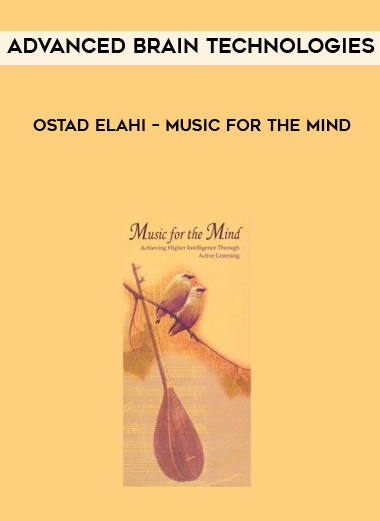
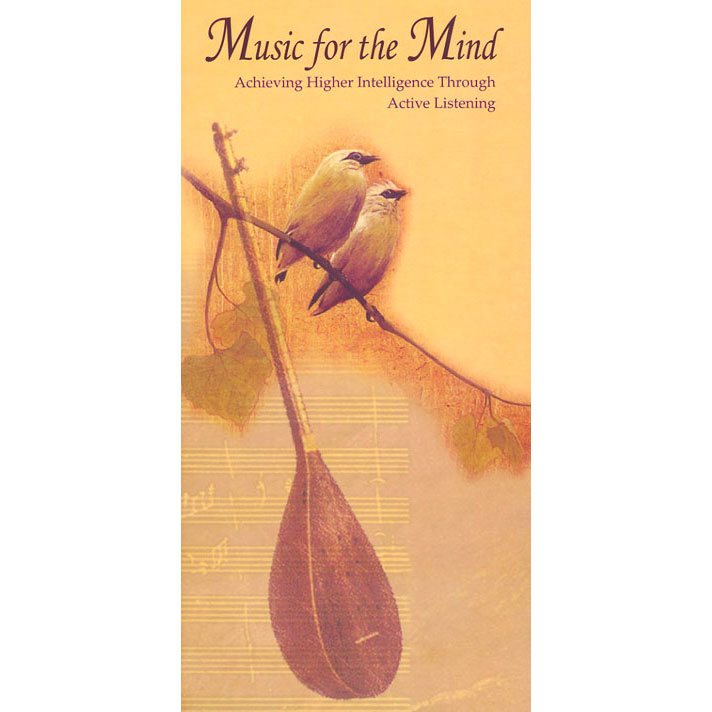
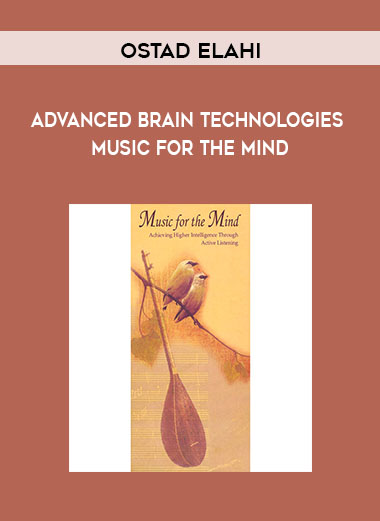
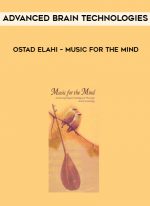
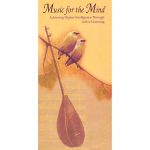
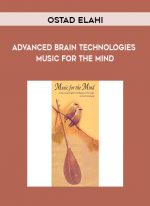




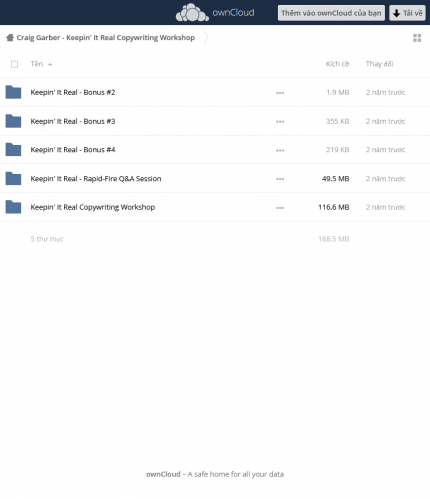
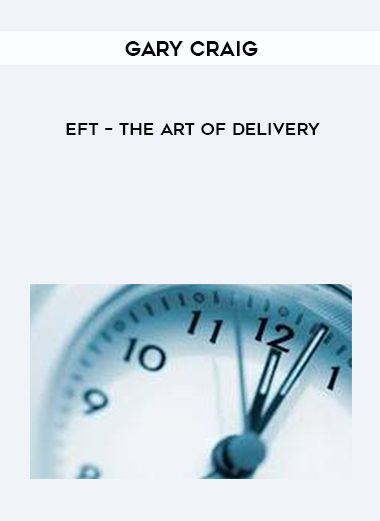
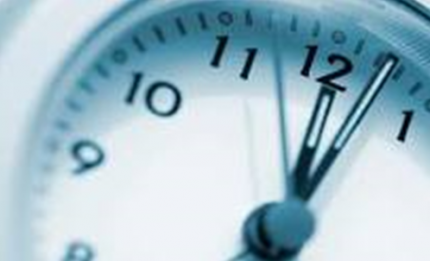
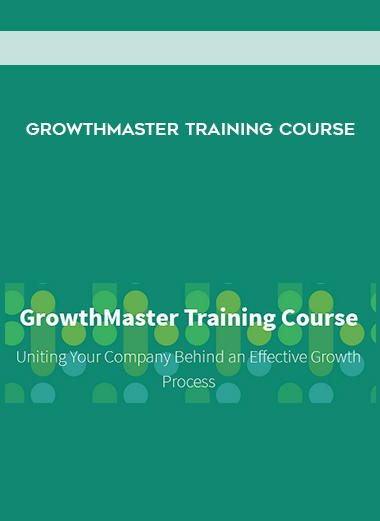













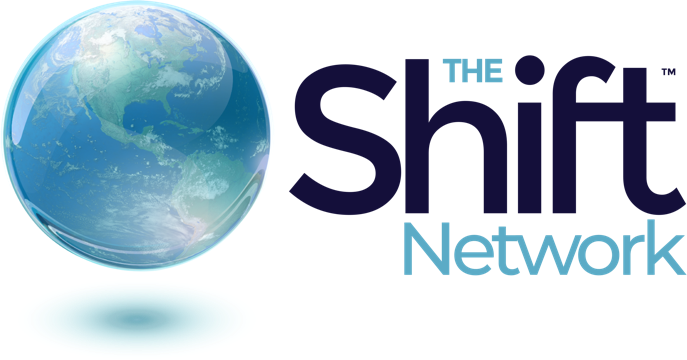







Reviews
There are no reviews yet.